falter
Veteran Member
Picked this up a while ago... definitely am addicted to homebrew looking stuff. I think I counted 100 pins, so I think this is an S100 'protoboard'? Anyway, it appears to be a fairly self contained 8085 SBC. The ROMs are interesting. In one of the ROMs there is some text to the effect of 'WVU Supermonitor', which has me thinking, West Virginia University? There is also a mention of a mention of a Dr. Shortwout "Instructor". Looks like an electrical engineering final project. The programmer apparently was Daniel R. Van Clief, and it seems to be programmed to run a pinsetter for a bowling alley. Kinda neat! I kind of wondered about the design because it feels like something from the 70s rather than early 80s.
Not sure what the power inputs are but one seems to be +5V, the other I'm guessing might be a negative voltage for serial comms? Curious what the 'Supermonitor' can do - if it was something all purpose WVU had that got adapted by students for different projects.
Link to ROMs here.
Not sure what the power inputs are but one seems to be +5V, the other I'm guessing might be a negative voltage for serial comms? Curious what the 'Supermonitor' can do - if it was something all purpose WVU had that got adapted by students for different projects.
Link to ROMs here.
Attachments
-
 20230912_203020.jpg3.7 MB · Views: 39
20230912_203020.jpg3.7 MB · Views: 39 -
 20230912_203025.jpg4.4 MB · Views: 39
20230912_203025.jpg4.4 MB · Views: 39 -
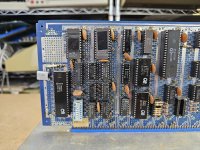 20230912_203029.jpg4.3 MB · Views: 34
20230912_203029.jpg4.3 MB · Views: 34 -
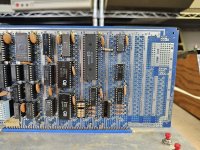 20230912_203031.jpg4.5 MB · Views: 35
20230912_203031.jpg4.5 MB · Views: 35 -
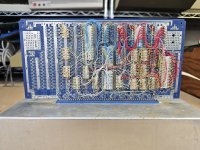 20230912_203041.jpg4.6 MB · Views: 33
20230912_203041.jpg4.6 MB · Views: 33 -
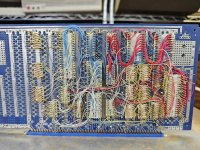 20230912_203043.jpg5.1 MB · Views: 31
20230912_203043.jpg5.1 MB · Views: 31 -
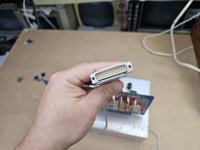 20230912_203052.jpg3.1 MB · Views: 31
20230912_203052.jpg3.1 MB · Views: 31 -
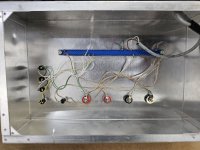 20230912_203102.jpg3.8 MB · Views: 37
20230912_203102.jpg3.8 MB · Views: 37
